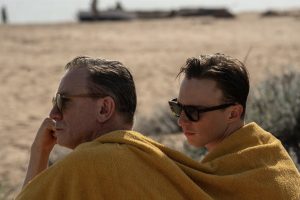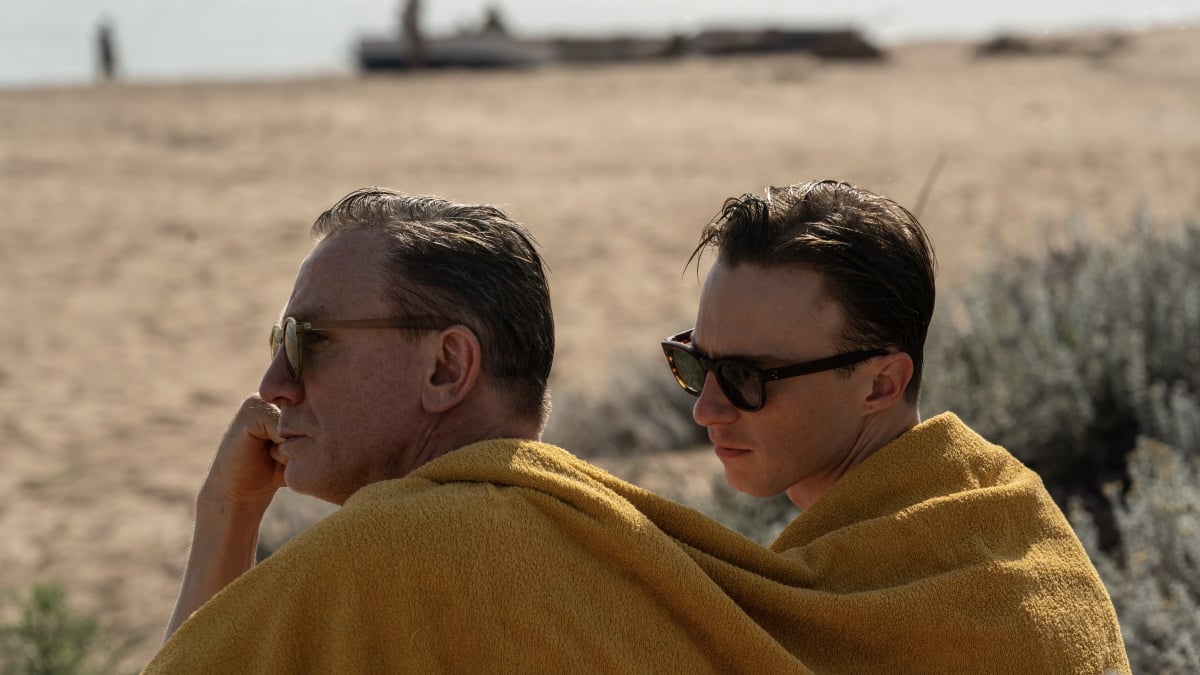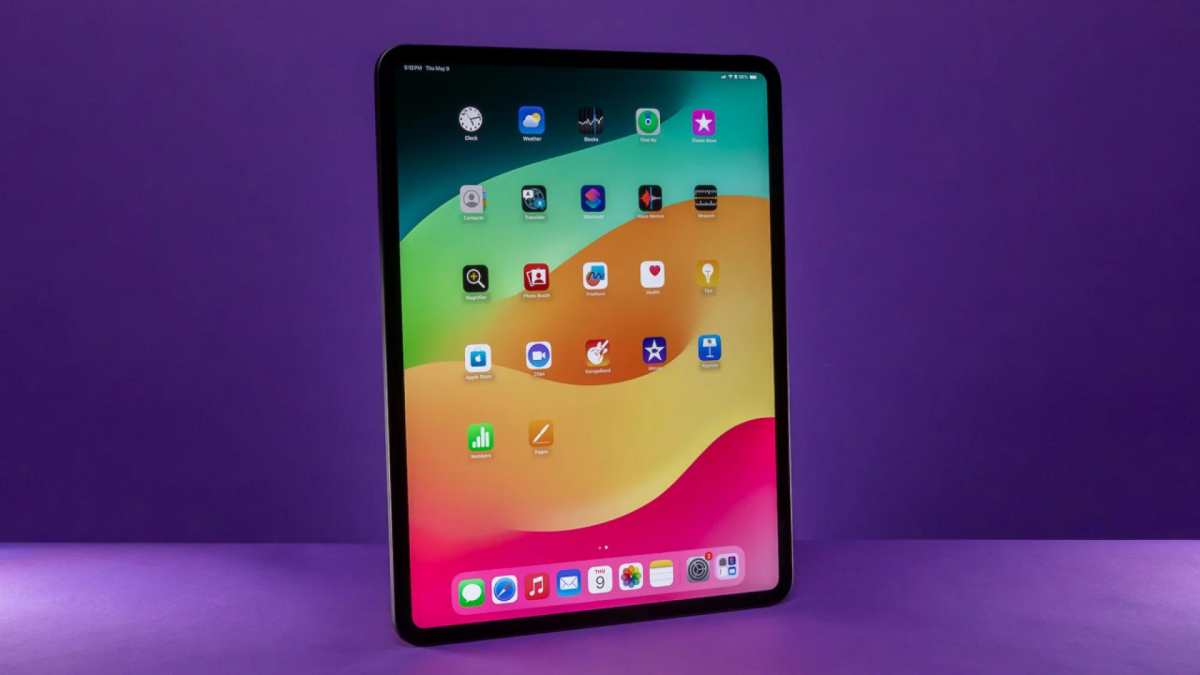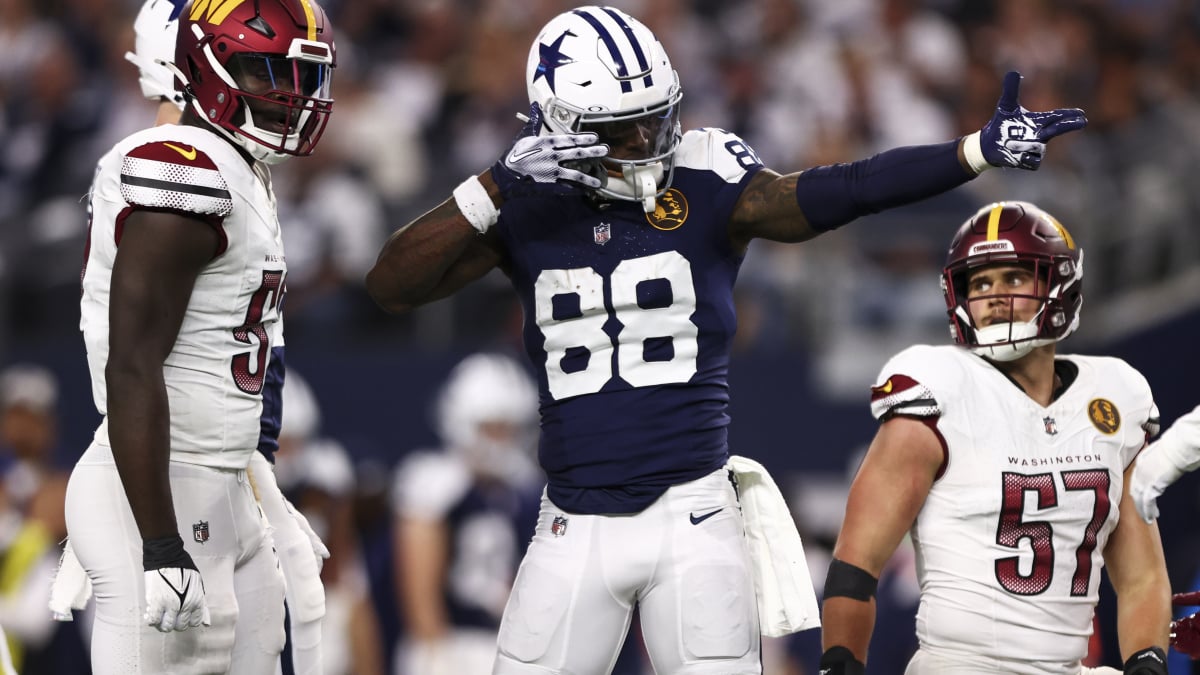When Challengers screenwriter Justin Kuritzkes first agreed to adapt William S. Burroughs’ Queer for director Luca Guadagnino, he had no idea where to begin.
“This was a movie that I said yes to writing without really knowing how I was going to do it,” Kuritzkes told Mashable. “Immediately after I said yes, I was completely scared shitless, because it’s a book that was so important to Luca, and it’s a legendary book by a legendary author who’s such a massive cultural figure.”
Guadagnino first approached Kuritzkes about writing Queer while they were in production on Challengers. Both Challengers and Queer premiered in 2024 and share considerable overlap between their creative teams (including composers Trent Reznor and Atticus Ross and costume designer Jonathan Anderson), as well as themes of yearning and what Kuritzkes calls “unsynchronized love.” Yet tonally, they’re worlds apart. Challengers volleys back and forth through time, fueled by love triangles and a pulsing techno beat. Queer, on the other hand, is the word “languid” put to film, slowly guiding us through the push and pull between American expats William Lee (Daniel Craig) and Eugene Allerton (Drew Starkey) during their time in Mexico City. (There’s also a surreal third-act odyssey into the Amazon rainforest.)
This was a movie that I said yes to writing without really knowing how I was going to do it.
The film’s stark differences are mirrored in Kuritzkes’ writing process for both. He wrote Challengers (his first produced screenplay) on spec, with no idea who would make it, or whether it would even get made. “You’re writing [the movie] to will it into existence,” he said.
Prime Day deals you can shop right now
Products available for purchase here through affiliate links are selected by our merchandising team. If you buy something through links on our site, Mashable may earn an affiliate commission.
Queer, on the other hand, is an adaptation — one Kuritzkes knew he’d be writing for Guadagnino. Having gotten to know the filmmaker extensively during the Challengers production process, Kuritzkes tailored the screenplay to him.

Daniel Craig and Drew Starkey in “Queer.”
Credit: A24
“I was writing a movie that I was excited to watch Luca make, so I would selfishly write scenes that I really wanted to see what he would do with,” Kuritzkes said.
Among these “selfish” scenes? Moments when Craig’s Lee imagines touching Allerton, reaching out a ghostly hand to stroke his face or leaning into his neck. Kuritzkes drew these instances from Lee’s internal monologue in the novel, excited to see how Guadagnino could externalize these thoughts and feelings of desire.
Other scenes Kuritzkes couldn’t wait to see Guadagnino’s take on were crafted solely for the film. Chiefest among them is a scene towards the end of Queer where Lee and Allerton take ayahuasca after searching the jungle for it. In the novel, they do not find or take the drug. However, before Kuritzkes even began writing the script, Guadagnino asked him to write in a new ending exploring what would happen if the two men did take ayahuasca. The result is one of the most striking sequences in the film: an intimate trip where the pair dance together, intertwined in the dark jungle, with their hands sometimes disappearing beneath their partner’s skin.
Mashable Top Stories
“The whole time I was writing that sequence, I was really giddily imagining Luca doing that,” Kuritzkes said. “That’s not a sequence you write if you don’t know that it’s going to be handled by a filmmaker like Luca. But I had so much trust that he would do something incredible with it, so I just went for it and said, ‘Will you figure it out?’ knowing that he would.”
As Kuritzkes worked on the screenplay for Queer, he began to see himself as a “medium” between Guadagnino and Burroughs. “It was this process of opening a channel between somebody I knew really well and was working with very closely, and somebody who I was never going to know except through the work that he left behind,” he said. “I really wanted to make it possible for the two of them to communicate with each other.”
A necessary part of this process became negotiating how much Burroughs as a character found itself into the film. After all, the novel Queer features several autobiographical details, like Burroughs’ time in Mexico City and the Amazon. The film also incorporates some elements from Burroughs’ life that aren’t in the novel, like allusions to him shooting his wife Joan Vollmer in an attempted William Tell stunt.
I really wanted to make it possible for [Luca Guadagnino and William S. Burroughs] to communicate with each other.
However, Kuritzkes stresses that he and Guadagnino were not out to make a Burroughs biopic. “We were making a fictional movie about a character, and even though that character was an alter ego to some extent of the author, it’s still a character who has his own logic and his own psychological reality,” he said. “That was the person I had to be faithful to, more than William Burroughs.”

Daniel Craig in “Queer.”
Credit: A24
How to unlock that character beyond Burroughs? By looking beyond the persona he projected to the world, which Kuritzkes describes as a “very gruff, cool, macho guy.” Queer, on the other hand, presents a more vulnerable interior to Burroughs and his stand-in Lee.
“It’s really surprising to find a character that’s very tender and sweet, and at times is a complete asshole, but is also really embarrassing,” Kuritzkes said. “He’s a character who doesn’t know when to shut up. He’s the kind of guy who gets stuck in the middle of the room because he started to approach somebody, and then that person goes and sits at another table, and now he doesn’t know where to go.”
Perhaps nowhere is Lee more stereotypically embarrassing than during his early courtship of Allerton, when he offers up a little bow in the middle of a bar.
The moment is exactly as written in the book, which describes Lee’s “ghastly” attempt to muster a dignified greeting, only to instead let out a “leer of naked lust.” (A misreading of the line by Allen Ginsberg led to the title of Burroughs’ novel Naked Lunch.)
“That’s exactly the thing that made me feel connected to this character,” Kuritzkes said. “I can’t really connect with the guy who has an obsession with guns, does heroin his whole life, and projects this macho, cool, austere literary persona. That person I can’t really touch. But I can touch the person who can’t help but let out ‘a leer of naked lust’ when he’s trying to look cool. That felt like a character I could write, and that felt like a character that would be exciting for someone to play.”











